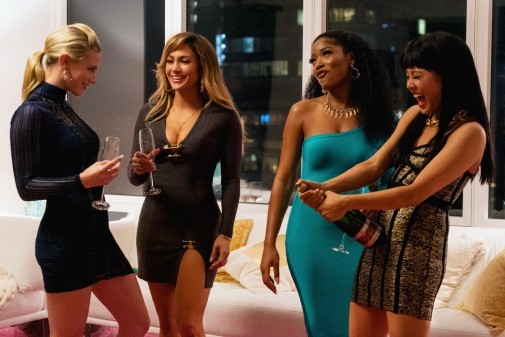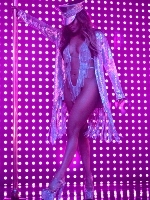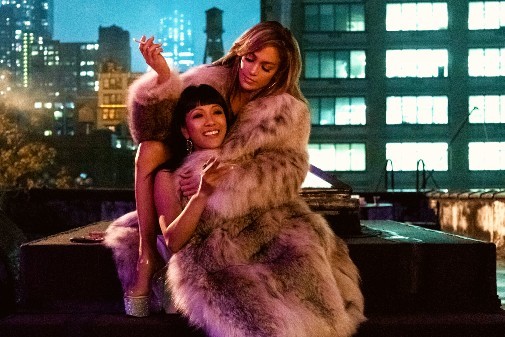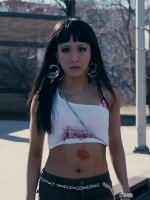By Cláudio Alves

The Academy rarely recognizes the greatness of contemporary costume design. They're caught in an endless love affair with period pieces and fantasy extravaganzas. I Am Love is the last true contemporary-set film (give or take La La Land’s dreamy vision of Los Angeles) to receive such an honor without any fantastical element and that was almost a decade ago.
This year would be a great time to break with tradition. In fact, no snub in the upcoming Best Costume Design category will hurt as much as Hustlers'. Lorene Scafaria’s electrifying drama is a luxurious feast of late aughts fashion and purposeful ostentatiousness...
 One shouldn’t underestimate the challenge of evoking the recent past through costumes. Dressing a movie like Hustlers, set between 2006 and 2013, can demand as much research as any period drama. When the audience brings their own reference points, it’s doubly difficult to avoid falling into caricature or reading inauthentic. Hustlers, however, feels powerfully real but the costumes, designed by Mitchell Travers, never sacrifice visual humor or the need for sheer spectacle. Just look at Jennifer Lopez’s first costume.
One shouldn’t underestimate the challenge of evoking the recent past through costumes. Dressing a movie like Hustlers, set between 2006 and 2013, can demand as much research as any period drama. When the audience brings their own reference points, it’s doubly difficult to avoid falling into caricature or reading inauthentic. Hustlers, however, feels powerfully real but the costumes, designed by Mitchell Travers, never sacrifice visual humor or the need for sheer spectacle. Just look at Jennifer Lopez’s first costume.
Ramona enters the movie in a sparkly G-string that’s a miracle of engineering and must have required dozens of fittings. The costume is unlike any of the others worn by her fellow dancers, making Ramona stand out as a vision of stripper perfection. She’s doing what she’s best at, a diva in total control of the crowd. This is a costume inside the narrative, but what makes it brilliant is how it looks when it’s away from the gazes of horny businessmen.
Destiny, Hustlers’ true protagonist, talks to Ramona for the first time while the older woman takes a cigarette break up on the roof, a luxurious fur coat over the skimpy stage costume. The coat in contrast with the costume is a symbol of power, both financial and sexual. It’s a silent threat to all those who may think of crossing Ramona, but it also signifies comfort and Ramona deploys it for motherly warmth; within its soft folds and silky lining the two women forge a bond that will forever change their lives.

Such contrasts and multifaceted costumes make Travers’ work genuinely awards-worthy. The costume designer dressed these women as if they were always performing and projecting a studied image, be it when they dance for men or when they try to look respectable for a journalist. Only very rarely, during a Christmas dinner full of bare feet and creamy colors, do they appear to dress only for themselves.
 When they lose control, their costumes stop feeling empowering or glamourous, or comfortable even. Destiny’s visible bra and stained tank when she hurries to get her daughter to school are social faux-pas and she knows it. More importantly, we know it and feel her pain and humiliation. The women in the narrative use their clothes to assert their power over their bodies and livelihoods. When that goes wrong, it’s heartbreaking.
When they lose control, their costumes stop feeling empowering or glamourous, or comfortable even. Destiny’s visible bra and stained tank when she hurries to get her daughter to school are social faux-pas and she knows it. More importantly, we know it and feel her pain and humiliation. The women in the narrative use their clothes to assert their power over their bodies and livelihoods. When that goes wrong, it’s heartbreaking. As Janet Jackson announces at the start of the movie, Hustlers is a story about control. Mitchell Travers understood that and the true genius of his costumes is how they delineate this very same dynamic. Forgive the cliché, but in this movie, a fur coat is never just a fur coat.